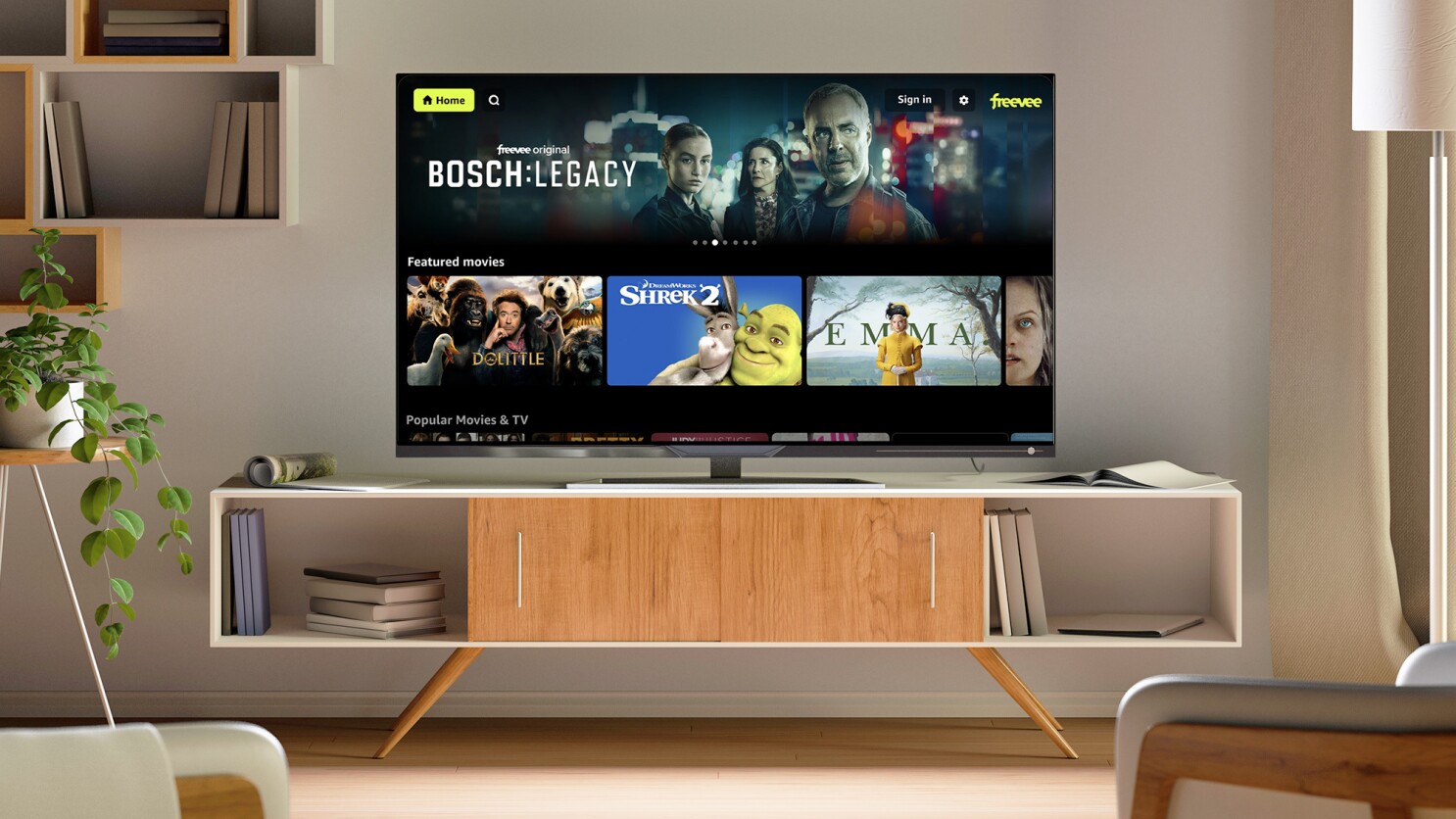Surge in FAST channels changing television landscape worldwide

Subscribe to NCS for the latest news, project case studies and product announcements in broadcast technology, creative design and engineering delivered to your inbox.
The meteoric rise of free ad-supported streaming television (FAST) channels marks a shift in how viewers access and consume content. According to Amagi’s ninth Quarterly Global FAST Report, 2023 has been a breakout year for the FAST sector, which relies on advertising instead of subscriptions.
FAST offers consumers free, linear streaming channels similar to cable television but accessed through internet-connected devices – such as Apple TV, Roku and smart TVs. While major media companies like Fox and NBCUniversal have launched their own FAST channels, much of the growth comes from independent networks aggregating content into thematic channels.
The report examined data across over 50 platforms worldwide along with a survey of over 500 U.S. households.
According to projections from OMDIA, FAST revenue will reach $12 billion in 2027 with Statista projecting 1.1 billion users by 2025. Amagi’s data confirms, FAST is well on its way to realizing those predictions.
While North America remains the largest market, the U.S. actually saw more moderate FAST growth of 12% in hours of viewing and 20% in ad impressions from Q2 2022 to Q2 2023. The Asia-Pacific region blew past that with increases of 181% in viewing hours and a whopping 290% in ad impressions.
Latin America and Europe, the Middle East and Africa similarly outpaced North America.
“As we delve into the insights and data presented in this report’s latest edition, it’s clear that FAST has not just arrived; it’s thriving, expanding, and reshaping how viewers consume content,” said Srinivasan KA of Amagi.
“The remarkable growth of FAST on a global scale is both an opportunity and a testament to the evolving preferences of the modern viewer. With FAST 2.0 on the horizon, we’re entering an era where personalization, interactivity, and innovative ad formats will be key to creating a truly dynamic and engaging linear television experience. We invite broadcasters, content owners, and advertisers to join us in this exciting journey, where we’re redefining the future of television.”
Across regions, news content remains king, accounting for the most ad impressions and viewing hours globally and in the U.S. and Asia-Pacific. However, preferences vary market to market.
News content contributed the most in global ad impressions (40%) and HOV (37%). These numbers are roughly on par with APAC (47% in ad impressions, 36% in HOV) and the US (44% in ad impressions, 46% in HOV).
While news tops in the U.S., movies drive viewership in Latin America and Europe/Middle East/Africa.
The explosion of options brings its own challenges.
Amagi’s survey found 70% of respondents confused about what to watch next on streaming platforms. Only half said recommendations were helpful, signaling room for improvement in content discovery and platform design.
Advertising also needs an upgrade to align with viewer interests. Just 19% of respondents found ads relevant to them. But they show interest in more personalized, interactive advertising – 24% liked interactive ads and 22% made a purchase from one.
Capitalizing on the FAST 2.0 future requires a nuanced understanding of audience preferences along with advancements in personalization, interactivity and ad capabilities. With the TV landscape evolving at breakneck speed, agility and innovation will determine who keeps pace with viewers’ needs, Amagi noted.
Subscribe to NCS for the latest news, project case studies and product announcements in broadcast technology, creative design and engineering delivered to your inbox.





tags
Amagi, Free Ad-Supported Streaming Television (FAST), streaming
categories
Heroes, Market Research Reports & Industry Analysis, Streaming